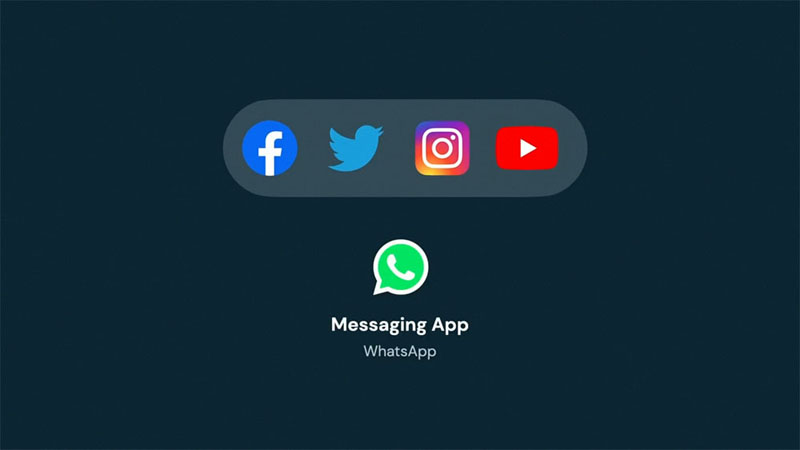.
top unblocked 76 games free
access unblocked games 76 now
latest unblocked online games
kays games unblocked access
retro bowl unlimited play
play retro bowl without block
cool math brain games free
school-friendly unblocked games
yohoho io game online
lesson guru hack and help
play baseball bros unblocked
classroom 6x games to play
76
References:
Books:
- Shu, K., Sliva, A., Wang, S., Tang, J., & Liu, H.(2017). Fake news detection on social media: A data mining perspective. ACM SIGKDD Explorations Newsletter, 19(1), 22-36.
- Vosoughi, S., Roy, D., & Aral, S. (2018). The spread of true and false news online. Science, 359(6380), 1146-1151.
- Loftus, E. F. (2005). Planting misinformation in the human mind: A 30-year investigation of the malleability of memory. Learning & memory, 12(4), 361-366.
- Arun, C. (2019). On WhatsApp, Rumours, Lynchings, and the Indian Government.
Economic & Political Weekly, 54(6).
- Bode, L., & Vraga, E. K. (2015). In related news, that was wrong: The correction of misinformation through related stories functionality in social media. Journal of Communication, 65(4), 619-638.
- Banaji, S., Bhat, R., Agarwal, A., Passanha, N. & Pravin M. S. (2019). WhatsApp Vigilantes: An exploration of citizen reception and circulation of WhatsApp misinformation linked to mob violence in India. Department of Media and Communications, LSE
- Bhaskaran, H., Mishra, H., & Nair, P. (2017). Contextualizing fake news in post-truth era: Journalism education in India. Asia Pacific Media Educator, 27(1), 41-50.
- Lazer, D. M., Baum, M. A., Benkler, Y., Berinsky, A. J., Greenhill, K. M., Menczer, F., ... & Schudson, M. (2018). The science of fake news. Science, 359(6380), 1094-1096.
- Aronson, J. (1995). A pragmatic view of thematic analysis. The qualitative report, 2(1), 1-3.
- Pennycook, G., & Rand, D. G. (2019). Lazy, not biased: Susceptibility to partisan fake news is better explained by lack of reasoning than by motivated reasoning. Cognition, 188, 39-50.
- Van der Linden, S., Leiserowitz, A., Rosenthal, S., & Maibach, E. (2017). Inoculating the public against misinformation about climate change. Global Challenges, 1(2), 1600008.
- Cook J, Lewandowsky S, Ecker UKH (2017) ‘Neutralizing misinformation through inoculation: exposing misleading argumentation techniques reduces their influence’. PLoS ONE 12(5).
- Roozenbeek, J., & van der Linden, S. (2019). Fake news game confers psychological resistance against online misinformation. Palgrave Communications, 5(1), 1-10.
- Badrinathan, S., Chauchard, S. & Flynn, D.J. (2020). “I Don’t Think That’s True, Bro!” An Experiment on Fact-checking WhatsApp Rumors in India. Unpublished manuscript.
- Pennycook, G., & Rand, D. G. (2019). Fighting misinformation on social media using crowdsourced judgments of news source quality. Proceedings of the National Academy of Sciences, 116(7), 2521-2526.
- Tschiatschek, S., Singla, A., Gomez Rodriguez, M., Merchant, A., & Krause, A. (2017). Detecting fake news in social networks via crowdsourcing. arXiv preprint arXiv:1711.09025. CASE STU
Web:
- Pti. (2019, March 6). India has the cheapest mobile data in world: Study. Retrieved 15 March 2020 from
https://economictimes.indiatimes.com/tech/internet/india-has-the-cheapest-mobile-datain-world-study/articleshow/68285820.cms
- Christopher, N. (2020, February 18). We’ve Just Seen the First Use of Deepfakes in an Indian Election Campaign. Retrieved 15 March 2020 from
https://www.vice.com/en_in/article/jgedjb/the-firstuse-of-deepfakes-in-indian-election-by-bjp
- Rs.10,000 reward for those whose hate message plaint turns into FIR. (2020, March 4). Retrieved 15 March 2020 from
https://www.hindustantimes.com/delhi-news/delhi-reporting-fake-news-hate-messages-can-earnyou-rs-10-000/story-hxuQk4ysq2XIuXCe9TpxgO.html
- Deep, A. (2018, August 27). Exclusive: Government makes notices to WhatsApp, responses public. Retrieved 15 March 2020 from
https://www.medianama.com/2018/08/223-government-letters-whatsapp-meity/
Other Links:
Case Study Download:
• Misinformation on WhatsApp......


